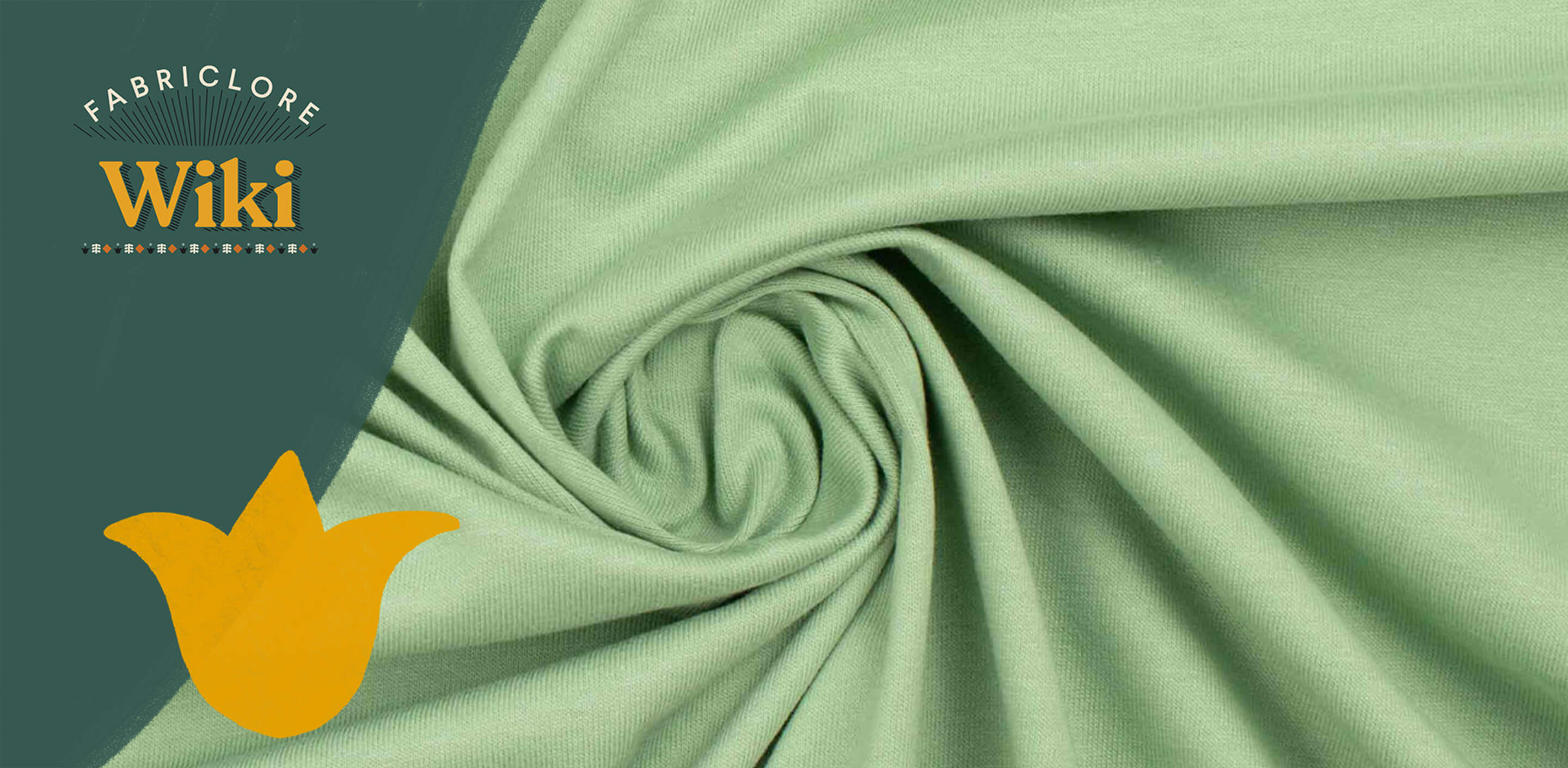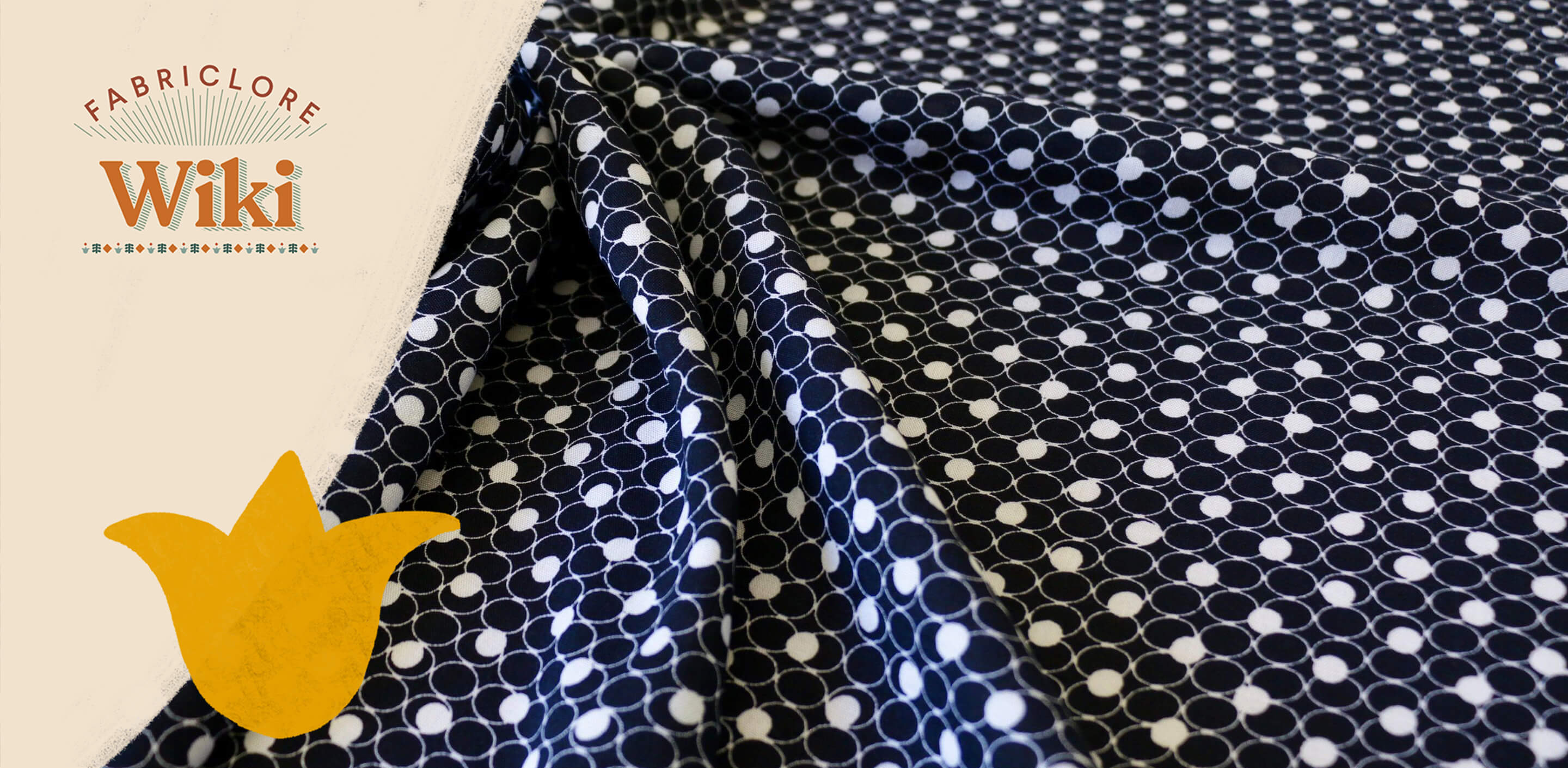What is Percale Fabric?
- Percale is a closely woven plain-weave fabric often used for bed covers.
- The normal kind of weave that is used for bedsheets is clearly different from percale, which has a thread count of roughly 200 or more and is substantially tighter.
- It is possible to weave it out of a variety of fibers, including cotton, polyester, and different mixtures of the two, and it is produced using carded and combed yarns.
- Traditional percale sheets have a crisscross design that consists of one thread going over and one thread going beneath.
- To speak in terms of weaving terminology, there is one yarn in the warp and one yarn in the weft.

History
- In the 18th century, the French word moris or mauris referred to the fabric known as percale, which was brought from India.
- It was a piece of cotton fabric. Following in the footsteps of longcloth and salampore as the third most popular fabric to be shipped from the Coromandel Coast was moris.
- It had a higher and more refined quality than the others of its kind.
- Nellore, Arni, Maduranthakam, and Cuddalore were the locations where moris was manufactured. The fabric was also known as painted chintz in Southeast Asian countries.
- In the 17th and 18th centuries, India served as the primary source of supply for percale, which was later produced in France.

What Makes it Stand Out
|
Texture |
The fabric is smooth, soft and comfortable to the touch. |
|
Fall |
It can easily be draped. |
Applications & Usage
- Used for beddings - bedsheets & pillow cover
Care Instructions
- Machine washable in cold or warm water on the wash cycle, or dry clean only, using common washing detergents without fabric softeners.
- Avoid using chlorine bleach since it breaks down fibers.
- Use a cold water rinse to clean. Use a second rinse cycle if available on your washing machine to remove any remaining soap residue.
- Our percale sheets may become scratchy if you use too much soap.
- You may tumble dry your sheets on the permanent press or low temperature setting, unless the label specifies otherwise.
- We strongly advise against using high temperatures.
- When the drying cycle is complete, quickly remove your luxury sheets and smooth them out while folding.
- While moist, you may press using a cotton or linen setting on the iron.

We also happen to be a magnet for suggestions, and would love to catch yours….throw us yours on hello@fabriclore.com





